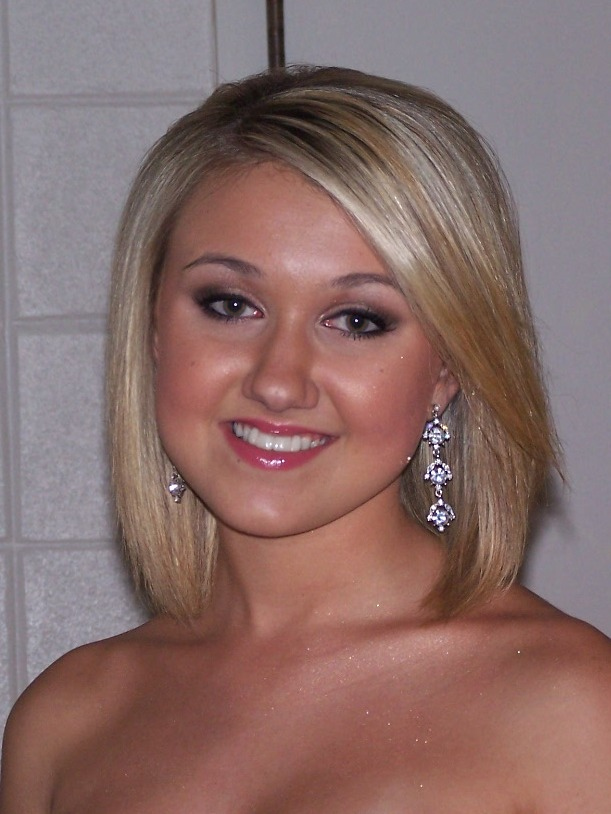

“And yet, just walking on Pearl Street, you’re like, ‘Oh, there’s one!’”

“We’re literally finding these things in our backyards and on our streets, people just haven’t been looking for structurally colored plants,” said Miranda Sinnott-Armstrong, lead author on the new study. But Sinnott-Armstrong has a hunch there are more. The two plants are among only six in the world known to make their fruits’ hues using a trick of the light known as structural color. She and her co-authors published the first-ever documented case, in Viburnum tinus, in 2020. The study confirms Lantana strigocamara as the second-ever documented case of a plant creating blue-colored fruits with layered fat molecules. Sinnott-Armstrong’s results are now published in the journal New Phytologist. She wanted to know: What made these berries so blue? Sinnott-Armstrong, postdoctoral researcher of ecology and evolutionary biology at CU Boulder, quickly asked if she could take a specimen back to the lab. While its tiny clusters of pink, yellow and orange flowers and blue berries commonly adorn the pedestrian mall in spring, city workers were ripping these common Lantanas out to prepare for the winter season. On a beautiful fall day in 2019, Miranda Sinnott-Armstrong was walking down Pearl Street in Boulder, Colorado when something caught her eye: a small, particularly shiny blue fruit, on a shrub known as Lantana strigocamara. Image: Lantana strigocamara in the Ramaley Greenhouse on the CU Boulder campus.


 0 kommentar(er)
0 kommentar(er)
